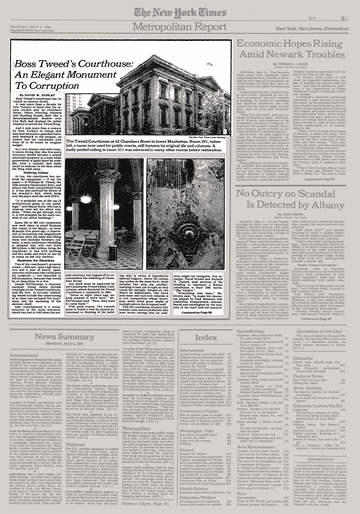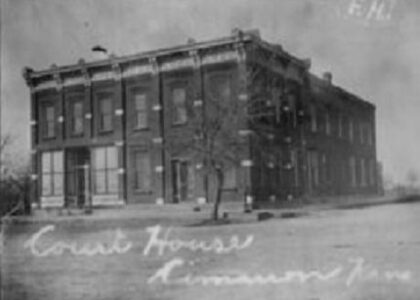Welcome to the infamous Boss Tweed’s Courthouse, a monument to one of the most notorious political figures in New York City’s history. Known officially as the Old New York County Courthouse, this architectural marvel stands as a symbol of both grandeur and corruption. Its story begins in the mid-19th century amidst the bustling streets of New York, where William Magear Tweed, better known as Boss Tweed, ruled with an iron fist.
Tweed was a key figure in Tammany Hall, the powerful political machine that controlled New York City politics for decades. In 1861, construction of the courthouse began, and it quickly became a centerpiece for Tweed’s extravagant spending and corruption. Originally estimated to cost $250,000, the courthouse ended up costing nearly $13 million by the time it was completed in 1881, long after Tweed’s downfall. This staggering amount was allegedly a result of Tweed’s embezzlement and lavish contracts awarded to his cronies.
The courthouse is steeped in tales of political intrigue and corruption. Tweed’s control over the city’s finances allowed him to inflate costs and pocket the surplus, enriching himself and his associates. The opulent design of the courthouse, with its grand rotunda and intricate marble detailing, was both a testament to his influence and his greed. It was here that Tweed’s empire began to unravel, as the public and press turned against him. Thomas Nast’s biting cartoons and exposés in The New York Times played pivotal roles in bringing Tweed’s corrupt practices to light.
Following his arrest and conviction in 1873, Tweed’s political machine began to crumble. The courthouse, however, remains a physical reminder of this tumultuous era. Today, it houses the Manhattan Marriage Bureau, but its halls echo with the stories of power and corruption that once dominated New York City politics.
As you stand before this historic building, imagine the bustling city of the 1800s, where power was wielded as much in shadowy backrooms as in public office. The courthouse is more than just a building; it’s a chapter in the story of New York City, where ambition, greed, and the relentless pursuit of power came to a dramatic climax.





